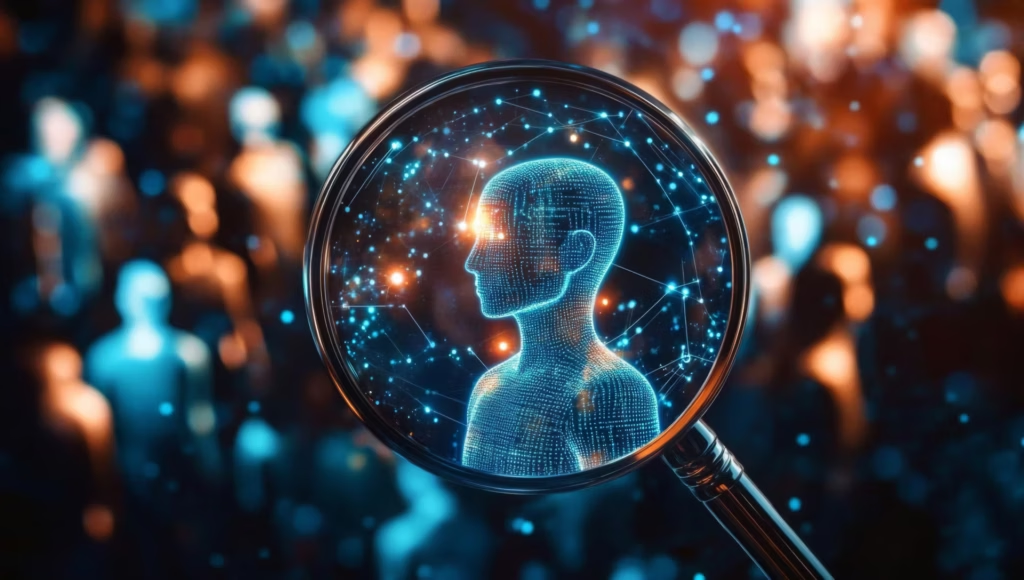Neuropathic Pain
An Introduction to Neuropathic Pain
Neuropathic pain is the result of an injury or illness that impacts the somatosensory system, responsible for the perception of touch, pain, pressure etc. arising from inside and the surface of the body. Common causes include amputation, chemotherapy, diabetes, multiple sclerosis and shingles. The multifactorial nature of the condition makes neuropathic pain challenging to diagnose and treat. Combination therapy is commonplace. Despite this, a high proportion of still patients fail to achieve adequate pain relief with manageable side effects. Multidisciplinary care is essential and includes nonopioid pharmacological management, interventional therapies, neurostimulation, low-dose opioid treatment and targeted drug-delivery therapy.
Expert video highlights and insights from the conference hub and comprehensive peer-reviewed articles from our journal portfolio provide updates on the ever-changing landscape.
Our supporting partners do not constitute an endorsement of the content on this page.
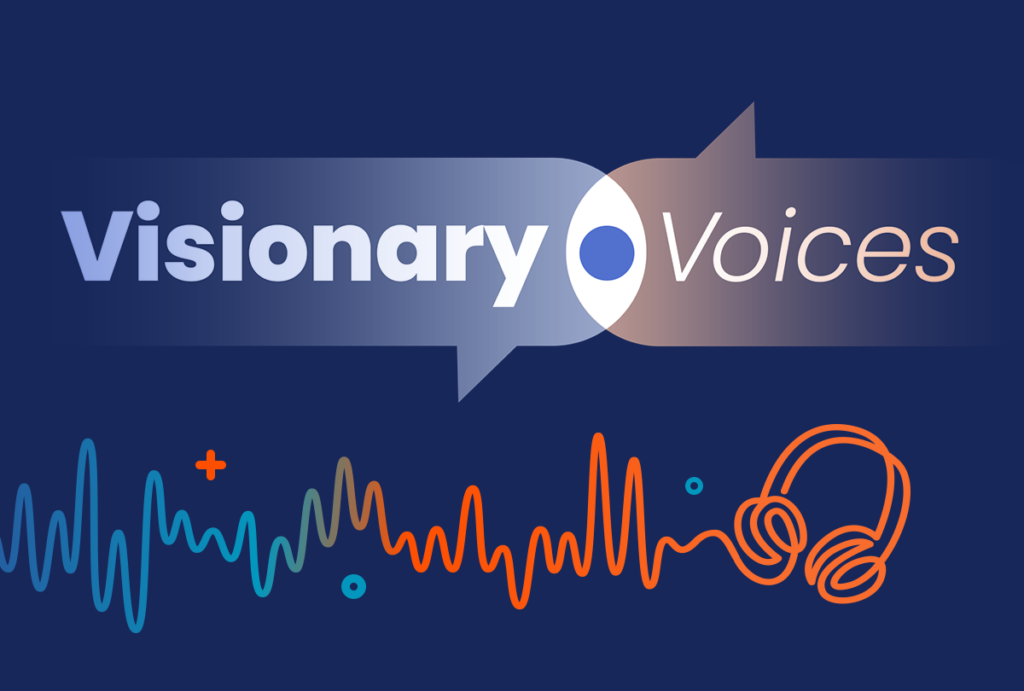
Physician burnout is at a critical point. In this episode, Nicky speaks with Dr Alfred Atanda about why so many physicians are burning out and what can be done to change the trend. From personal experience to system-wide solutions, Dr Atanda shares valuable insights on improving physician well-being and building a more effective healthcare culture.

In this episode, we explore the future of continuing medical education (CME) with the team behind touchIME. Hannah Fisher and Matthew Goodwin share insights into global and US trends, the importance of patient inclusivity and how educational outcomes are evolving to better measure the direct impact of learning on clinical practice and patient care.

In this episode, we’re joined by Bradley Love, Professor of Cognitive and Decision Sciences at UCL, ELLIS fellow, and creator of BrainGPT. We discuss how this large language model is poised to assist researchers in advancing their work.

Prof. Elon Eisenberg (Tachnion - Israel Institute of Technology, Haifa, Israel) summarizes our current knowledge on using cannabis in pain medicine, and the unmet needs in this field. He then provides some practical advice on using cannabis in clinical practice ...
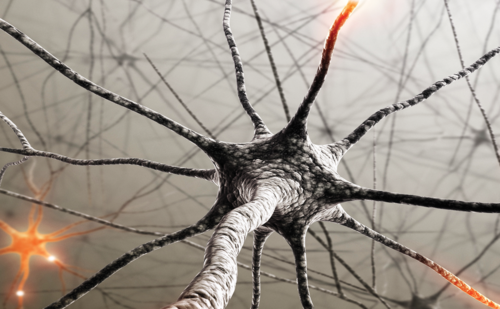
Opioid therapy has become a mainstay for the treatment of chronic pain, despite evidence that these medications may be ineffective and even unsafe in this patient population.1,2 In patients with chronic back pain, the use of first-line medications (non-steroidal anti-inflammatory ...

Prof. Marc A. Russo President, International Neuromodulation Society Director of Hunter Pain Specialists, Hamilton Day Surgery Centre, Genesis Research Services, Broadmeadow, Australia Co-Director, Innervate Pain Management Program, Newcastle, Australia Chronic pain is a heterogenous, complex condition that is associated ...
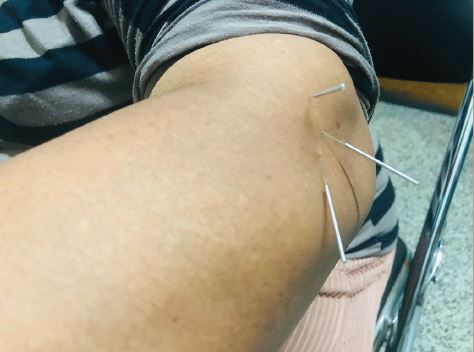
Lateral epicondylitis, or tennis elbow, is pain in the lateral elbow as a result of repetitive forearm pronation and supination in elbow extension.1 It is a frequent cause of elbow pain, and affects 1–3% of the adult population every year, resulting ...

Neuropathic pain arises from injury to or disease in the somatosensory nervous system.1 Normal sensation and pain sensation are both impaired and patients may present with peculiar painful characteristics such as allodynia and hyperalgesia.2 Central neuropathic pain includes pain from ...
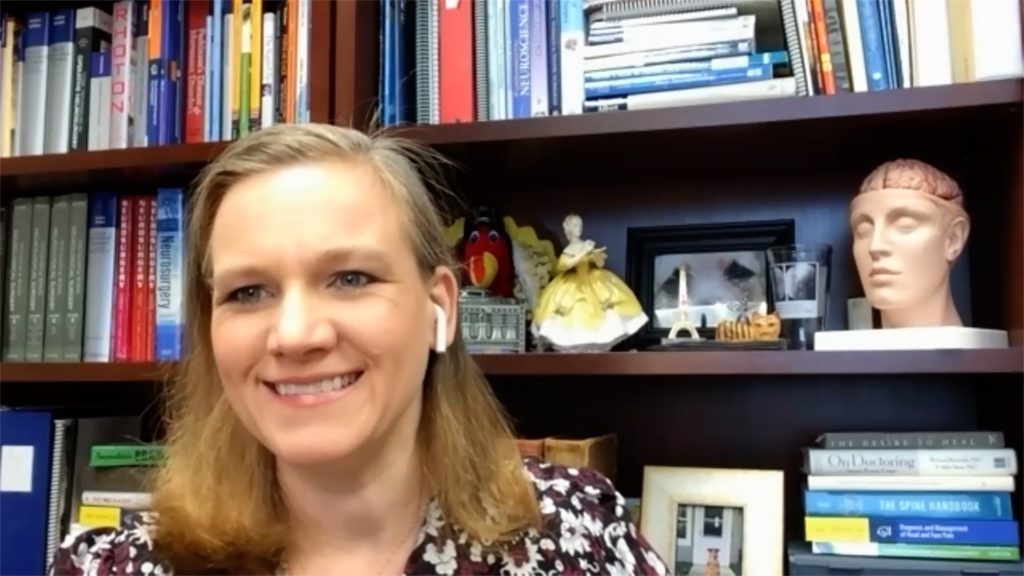
We were delighted to speak with Prof. Erika Petersen (University of Arkansas for Medical Sciences, Little Rock, AR, USA) around the six month results from the SENZA-PDN study. The abstract entitled: ‘Sustained Benefits for 10 kHz Spinal Cord Stimulation Treatment of ...
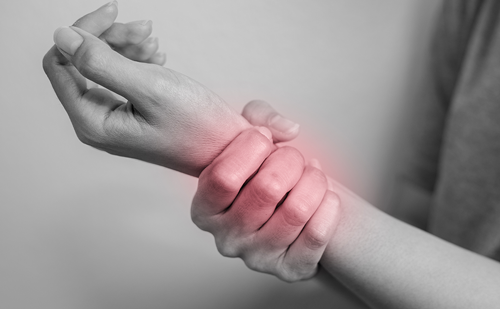
Proper intraoperative positioning is a simple, yet crucial, component of a successful operation. During each surgical procedure, a position should be employed, which not only meets the surgeon’s requirements, but also has the fewest disadvantages for the patient. Peripheral ...

Raili Kauppinen (University Hospital of Helsinki, Finland) shares key findings and insights into the ENVISION study, which evaluated the efficacy and safety of givosiran, a subcutaneously administered RNA interference therapeutic targeting aminolevulinic acid synthase 1, in patients with acute hepatic porphyrias (...

Nadine Attal (University Versailles Saint Quentin, Versailles, France) shared with us her expert opinion on the controversial topic of therapeutic cannabis for neuropathic pain. Questions 1. What advantages does cannabis offer compared to current pharmacological treatments for neuropathic pain? (0:05) 2. What can ...

An expert interview with Robert Bolash, Departments of Pain Management and Evidence Based Pain Research, Cleveland Clinic Lerner College of Medicine, Cleveland, OH, USA In this expert interview, Robert Bolash, an Assistant Professor of Anesthesiology in the Departments of Pain ...
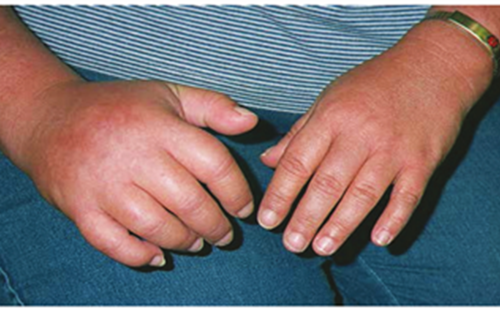
Complex regional pain syndrome, type 1 (CRPS1)/reflex sympathetic dystrophy (RSD) is a neuropathic pain disorder,1 with pain reflecting partially damaged nerve fibers.2 It is normally caused by traumatic injury, further aggravated by neuroinflammation.3 The latter contributes to the devastating potential ...
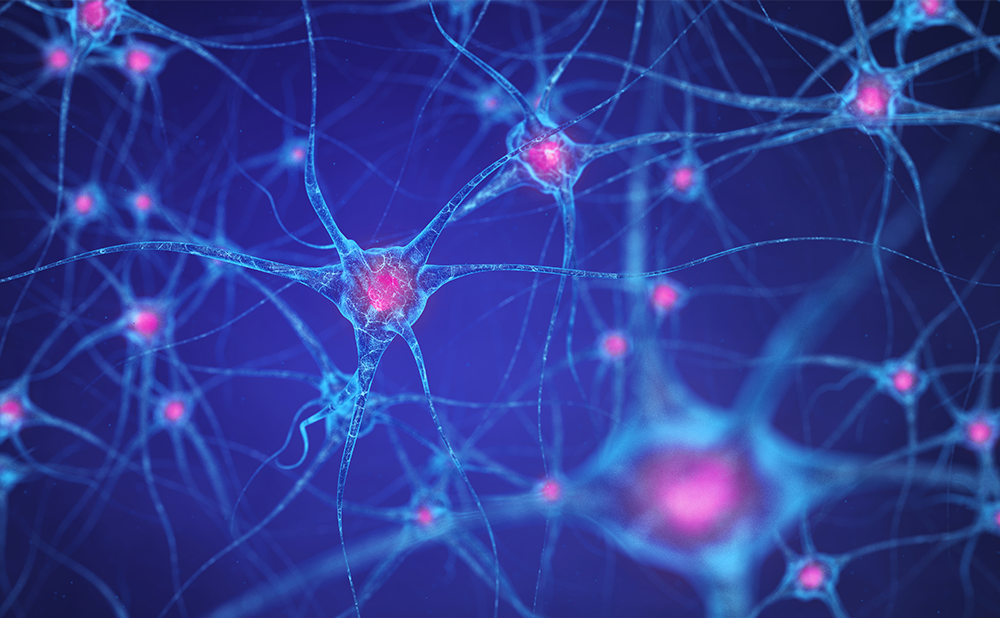
Herpes zoster, also known as shingles, is one of the many manifestations of neurologic disorders and occurs with a cumulative life-time incidence of 10–20% in the general population.1 The annual incidence of this disease differs worldwide; in the UK, herpes zoster ...
Latest articles videos and clinical updates - straight to your inbox
Log into your Touch Account
Earn and track your CME credits on the go, save articles for later, and follow the latest congress coverage.
Register now for FREE Access
Register for free to hear about the latest expert-led education, peer-reviewed articles, conference highlights, and innovative CME activities.
Sign up with an Email
Or use a Social Account.
This Functionality is for
Members Only
Explore the latest in medical education and stay current in your field. Create a free account to track your learning.



